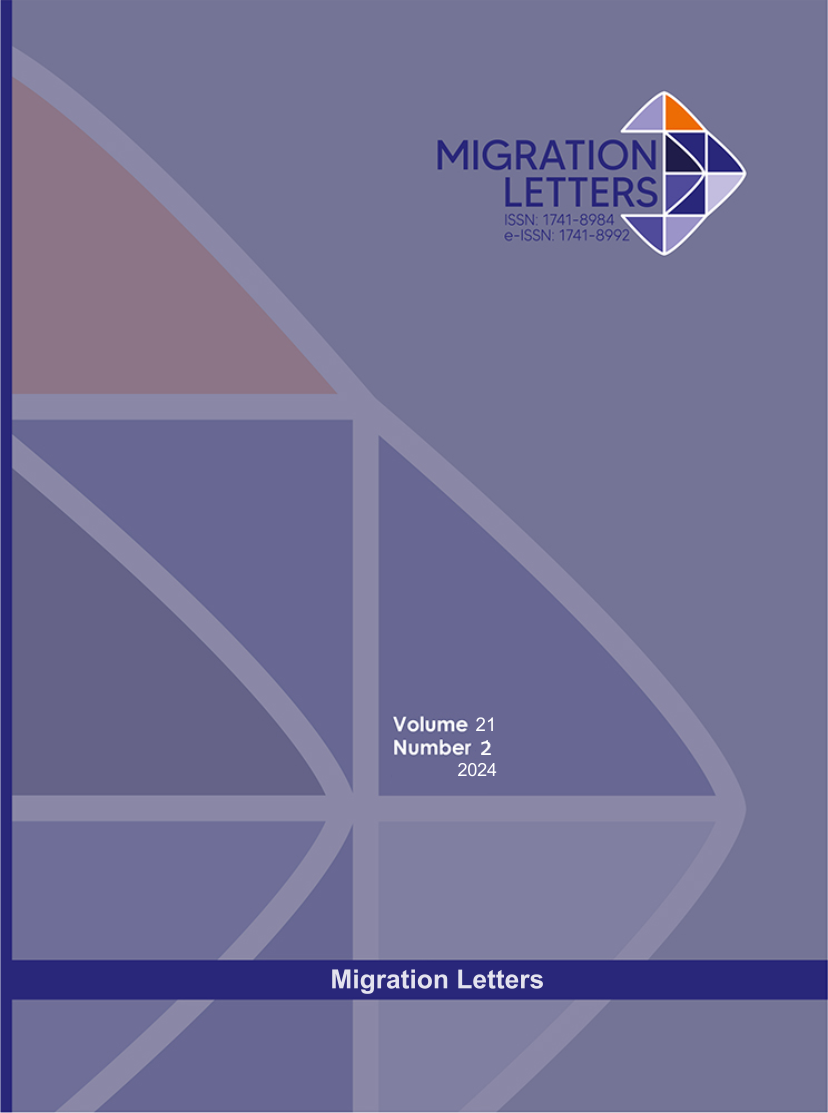Exploring Ideology of Harmonious Life in Indonesia: A Critical Discourse Analysis
DOI:
https://doi.org/10.59670/ml.v21i2.6098Abstract
This study explores the harmonious life discourse's nature, purpose, and its ideology in Indonesia. This study used the descriptive-qualitative method. As samples, twenty-one respondents were selected using the techniques of purposive sampling. The researchers selected this technique due to their concern that the twenty-one respondents represented every ethnic group residing in the research site. Moreover, the researchers used documentation, interviews, and field observations to obtain data from respondents. The results indicate that six written discourses exist in words: Sepupu, Tamu, Basodara, Bakelu, Subasuka, and Kita. At the same time, expressions are represented as written phrases: Saudara Muda, Saudara Tua, and one written phrase, Kupang Kota Kasih. Then, one critical discourse in spoken words is Rumah lebih dari tempat ibadah. While the functions of the Harmonious Life discourse are moral, identity, and collegiality, two types of ideology are contained in the critical discourse: Inclusivism and pluralism.
Metrics
Downloads
Published
How to Cite
Issue
Section
License

This work is licensed under a Creative Commons Attribution-NonCommercial-NoDerivatives 4.0 International License.
CC Attribution-NonCommercial-NoDerivatives 4.0






